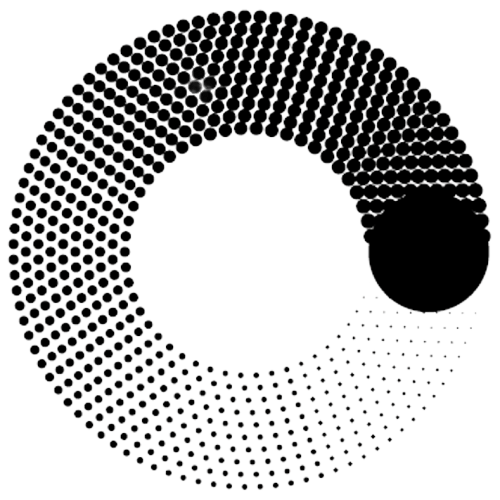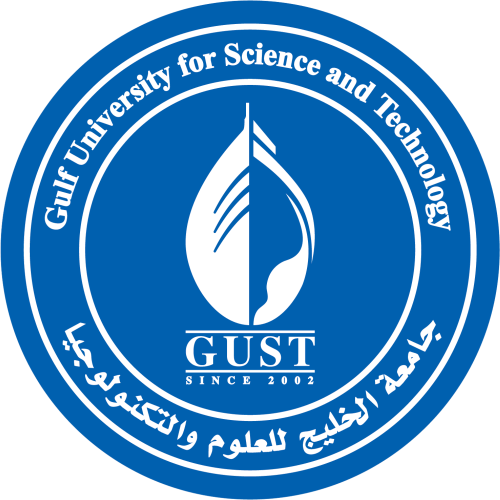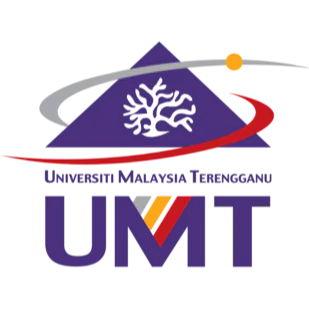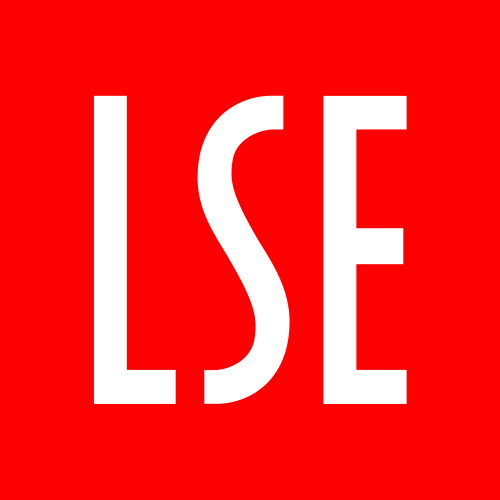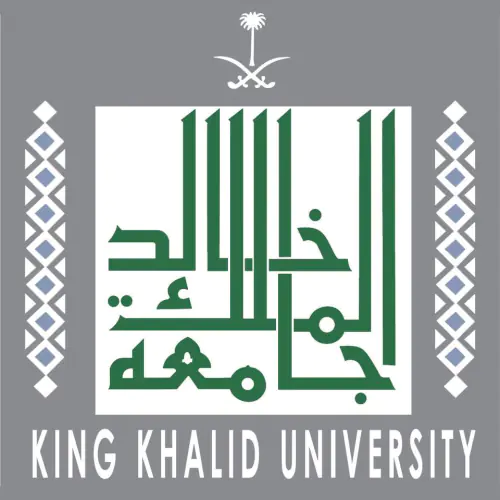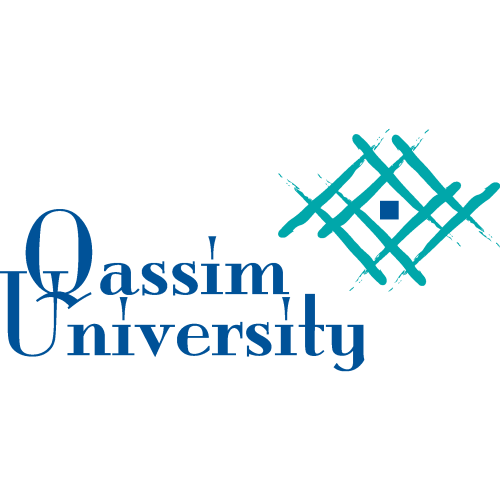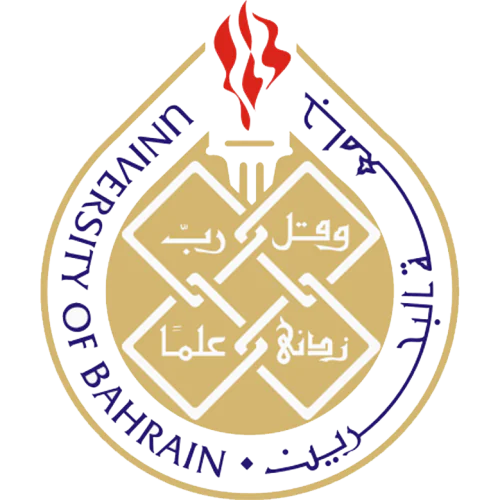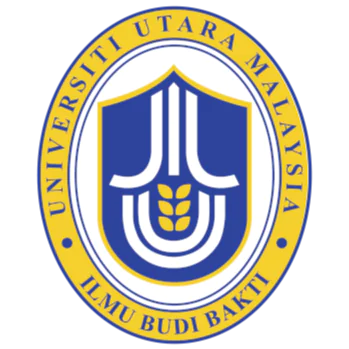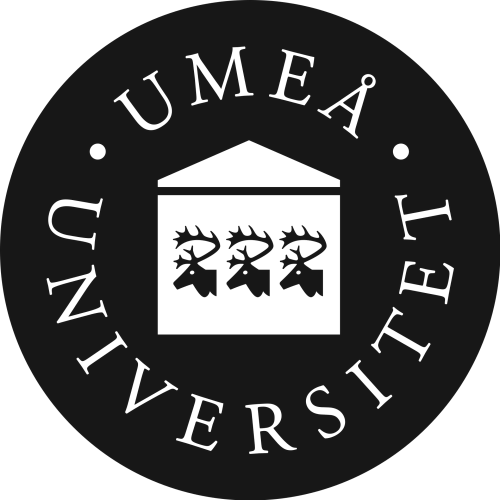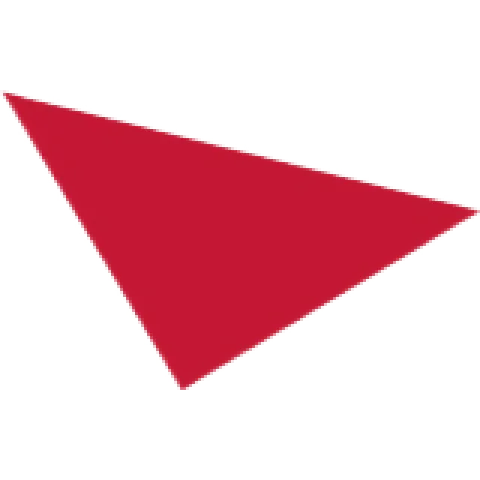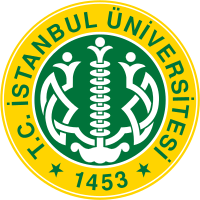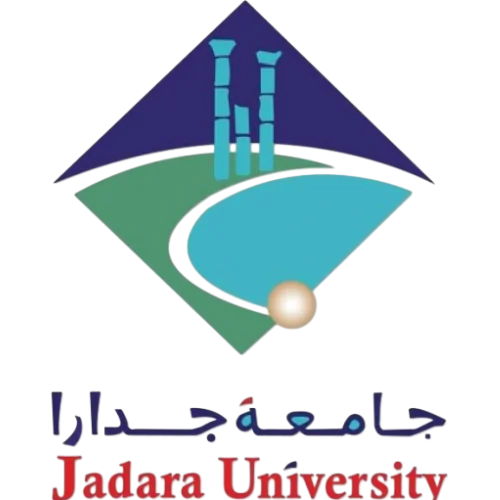International Journal of Accounting, Auditing and Performance Evaluation
Are you a researcher?
Create a profile to get free access to personal recommendations for colleagues and new articles.
SCImago
Q4
SJR
0.182
CiteScore
0.8
Categories
Accounting
Finance
Organizational Behavior and Human Resource Management
Areas
Business, Management and Accounting
Economics, Econometrics and Finance
Years of issue
2004-2025
journal names
International Journal of Accounting, Auditing and Performance Evaluation
Top-3 citing journals

SSRN Electronic Journal
(116 citations)

Journal of Financial Reporting and Accounting
(69 citations)
Corporate Ownership and Control
(65 citations)
Top-3 organizations

University of Texas at San Antonio
(7 publications)

Manouba University
(6 publications)

University of Vaasa
(6 publications)

Athens University of Economics and Business
(2 publications)

Yarmouk University
(2 publications)

Aligarh Muslim University
(1 publication)
Top-3 countries
Most cited in 5 years
Found
Nothing found, try to update filter.
Found
Nothing found, try to update filter.
Top-100
Citing journals
Citing publishers
Publishing organizations
Publishing organizations in 5 years
|
1
2
|
|
|
Yarmouk University
2 publications, 1.31%
|
|
|
Athens University of Economics and Business
2 publications, 1.31%
|
|
|
Aligarh Muslim University
1 publication, 0.65%
|
|
|
Amity University, Noida
1 publication, 0.65%
|
|
|
Qatar University
1 publication, 0.65%
|
|
|
Gulf University for Science and Technology
1 publication, 0.65%
|
|
|
University of Lisbon
1 publication, 0.65%
|
|
|
University of Jordan
1 publication, 0.65%
|
|
|
Al al-Bayt University
1 publication, 0.65%
|
|
|
Jadara University
1 publication, 0.65%
|
|
|
Princess Sumaya University of Technology
1 publication, 0.65%
|
|
|
University of Eastern Finland
1 publication, 0.65%
|
|
|
University of Dundee
1 publication, 0.65%
|
|
|
University of Jyväskylä
1 publication, 0.65%
|
|
|
Drexel University
1 publication, 0.65%
|
|
|
National Chung Hsing University
1 publication, 0.65%
|
|
|
Griffith University
1 publication, 0.65%
|
|
|
Rutgers, The State University of New Jersey
1 publication, 0.65%
|
|
|
University of Washington
1 publication, 0.65%
|
|
|
Loyola University Chicago
1 publication, 0.65%
|
|
|
Manouba University
1 publication, 0.65%
|
|
|
University of the West of Scotland
1 publication, 0.65%
|
|
|
Ibb University
1 publication, 0.65%
|
|
|
University at Albany, State University of New York
1 publication, 0.65%
|
|
|
University of Pittsburgh
1 publication, 0.65%
|
|
|
College of Staten Island
1 publication, 0.65%
|
|
|
1
2
|
Publishing countries
Publishing countries in 5 years
|
1
2
3
4
|
|
|
Jordan
|
Jordan, 4, 2.61%
Jordan
4 publications, 2.61%
|
|
USA
|
USA, 3, 1.96%
USA
3 publications, 1.96%
|
|
United Kingdom
|
United Kingdom, 3, 1.96%
United Kingdom
3 publications, 1.96%
|
|
Greece
|
Greece, 2, 1.31%
Greece
2 publications, 1.31%
|
|
China
|
China, 1, 0.65%
China
1 publication, 0.65%
|
|
Portugal
|
Portugal, 1, 0.65%
Portugal
1 publication, 0.65%
|
|
Australia
|
Australia, 1, 0.65%
Australia
1 publication, 0.65%
|
|
Belgium
|
Belgium, 1, 0.65%
Belgium
1 publication, 0.65%
|
|
India
|
India, 1, 0.65%
India
1 publication, 0.65%
|
|
Ireland
|
Ireland, 1, 0.65%
Ireland
1 publication, 0.65%
|
|
Yemen
|
Yemen, 1, 0.65%
Yemen
1 publication, 0.65%
|
|
Qatar
|
Qatar, 1, 0.65%
Qatar
1 publication, 0.65%
|
|
Kuwait
|
Kuwait, 1, 0.65%
Kuwait
1 publication, 0.65%
|
|
Tunisia
|
Tunisia, 1, 0.65%
Tunisia
1 publication, 0.65%
|
|
Finland
|
Finland, 1, 0.65%
Finland
1 publication, 0.65%
|
|
1
2
3
4
|
































